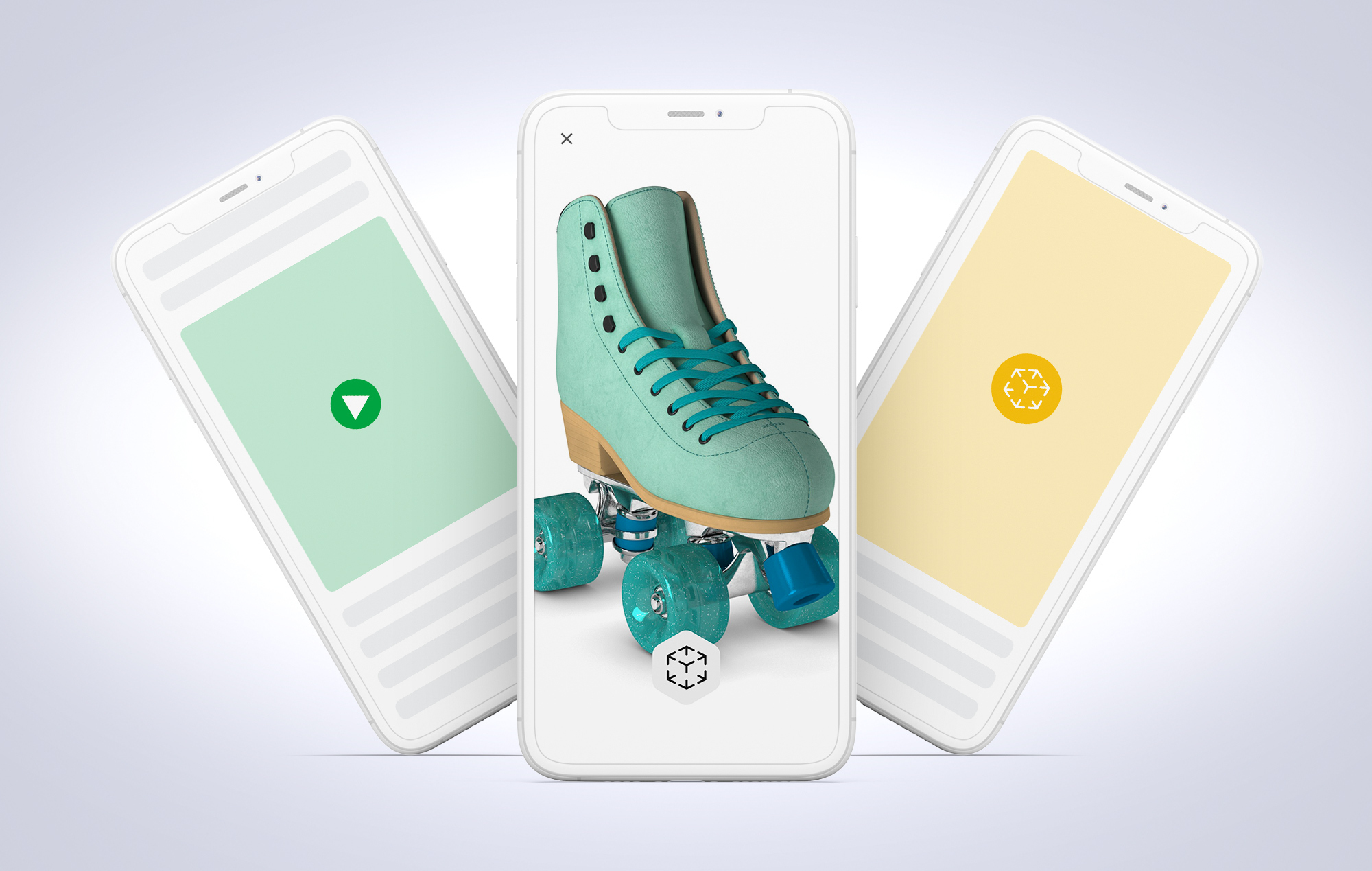How are 3D ads created? Creating 3D ads involves several steps and technologies to achieve realistic and engaging visual effects. Here’s a general overview of the process: 1. Conceptualization and
3D ads creation involves the development of interactive, three-dimensional advertisements that engage viewers in a more immersive way than traditional 2D ads. This process leverages 3D modeling, animation, and interactive technologies to create compelling ad experiences. Here’s a detailed look at the key steps involved in creating 3D ads:
1. Conceptualization and Planning
Objective Definition: Define the goals of the ad, target audience, and key messages.
Storyboarding: Create a storyboard to outline the visual and interactive elements.
Scriptwriting: Develop a script if the ad includes a narrative or voiceover.
2. 3D Modeling
Software Selection: Choose 3D modeling software such as Blender, Maya, 3ds Max, or Cinema 4D.
Model Creation: Design and build 3D models of products, characters, and environments.
Texturing: Apply textures to the 3D models to give them color and detail.
Rigging: Set up skeletons for characters if animation is involved, allowing for movement.
3. Animation
Keyframe Animation: Define key positions of models over time to create movement.
Motion Capture: Use motion capture technology to record real-life movements and apply them to 3D models.
Physics Simulation: Implement realistic physics for movements, collisions, and other interactions.
4. Lighting and Rendering
Lighting Setup: Add and adjust lights to create the desired mood and highlight important elements.
Rendering: Process the 3D scene to produce the final images or animations. This step can be resource-intensive and time-consuming.
5. Post-Production
Compositing: Combine rendered images and animations with other elements like backgrounds, effects, and text.
Editing: Cut and edit the footage to fit the storyboard and script.
Sound Design: Add sound effects, music, and voiceovers to enhance the ad.
6. Interactivity (if applicable)
Platform Selection: Choose a platform for interactive ads, such as web browsers, mobile apps, or AR/VR devices.
Programming: Develop interactive elements using coding languages like JavaScript, HTML5, or specialized frameworks like Unity or Unreal Engine.
Testing: Test the interactive features to ensure they work smoothly across different devices and platforms.
7. Deployment and Distribution
Format Conversion: Convert the final ad into appropriate formats for various platforms (e.g., HTML5 for web, APK for Android).
Distribution Channels: Plan and execute the distribution strategy across social media, websites, apps, or other relevant channels.
Analytics Integration: Incorporate tracking and analytics tools to measure the performance of the ad.
8. Optimization
A/B Testing: Test different versions of the ad to determine which performs better.
Performance Monitoring: Continuously monitor the ad’s performance and make necessary adjustments.
User Feedback: Collect and analyze user feedback to improve future ad campaigns.
By following these steps, marketers and designers can create engaging and effective 3D advertisements that capture the attention of their target audience and drive desired actions.

How are 3D ads created? Creating 3D ads involves several steps and technologies to achieve realistic and engaging visual effects. Here’s a general overview of the process: 1. Conceptualization and